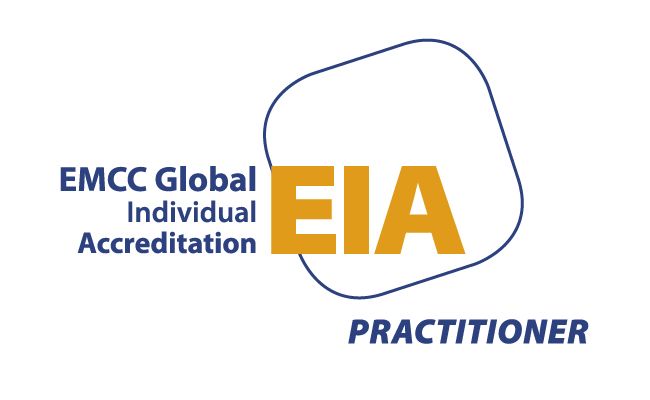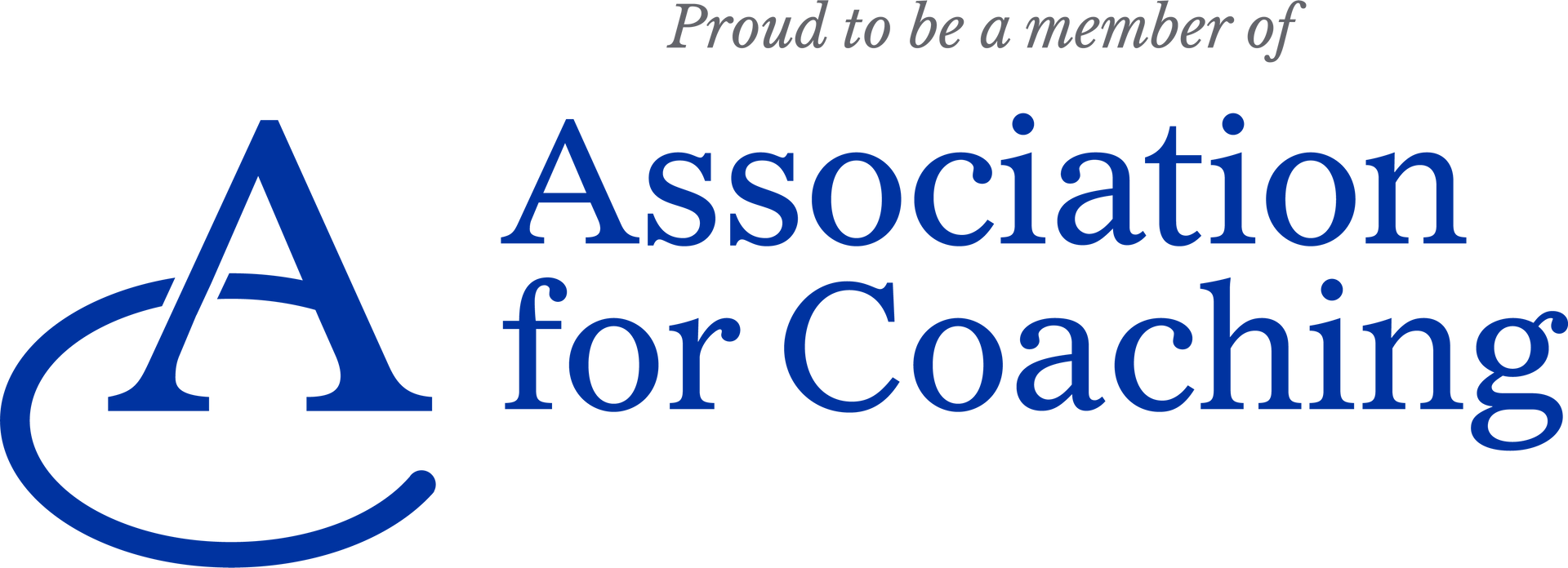Crisis Management or Calm Control
Barbra Carlisle • March 5, 2025
Lead with impact: Are you focused on what really matters?

You know you are in the right place, and that you want to make a different, not just to the bottom line, but to the people you work with and the communities you serve.
But let’s pause for a moment.
Are you leading with impact, or are you bogged down in the day-to-day?
The guardian in you might be keeping the organisation steady, ensuring governance, compliance, and financial sustainability. Meanwhile your creative side sees a future full of possibilities, new initiatives, and big, bold change and your connector instinct wants to build partnerships and rally support. Another part of you, the Nurturer within you wants to ensure your people feel supported and valued. And then there’s the Pioneer—the strategist, driving forward with vision and courage.
But here’s the challenge: when everything feels urgent, it’s easy to lose sight of what’s most important.
The Risk of Getting Stuck in the Weeds
Meetings. Emails. Stakeholder demands. The never-ending to-do list. It all feels necessary—because it is—but is it truly moving the needle?
Research backs this up: A study by the Bridgespan Group found that non-profit CEOs spend up to 60% of their time on internal operations—meetings, problem-solving, and crisis management—leaving little time for strategy, innovation, and external engagement. Yet, high-impact leaders intentionally shift 25–30% of their time toward long-term priorities, such as fundraising, strategic partnerships, and leadership development.
For many leaders, the reality is this:
The guardian in us gets caught ensuring policies and processes are perfect but struggle to carve out time for forward-thinking strategy. (A Harvard Business Review study found that leaders who focus too much on risk aversion often miss innovation opportunities that drive real progress.)
The creative in us has a hundred visionary ideas but then we find ourselves bogged down in operational constraints.
Those of us with a strong connector tendency spend time nurturing relationships but may neglect structured long-term planning. (Data from Stanford Social Innovation Review suggests that nonprofit partnerships are most successful when backed by clear, measurable objectives.)
Our nurturer tendencies sees us pouring energy into people and culture but hesitating to make hard, strategic decisions. (A survey by Nonprofit Quarterly found that 43% of nonprofit leaders struggle to address underperformance in their teams due to a strong people-first mindset.)
And on top of all this the pioneer tendency within us may push for progress but forget to bring the team along in a way that ensures sustainable impact.
Step Back. Get Clear. Lead with Purpose.
So, how do you step out of the whirlwind of daily demands and refocus on what truly matters?
1. Make Reflection Non-Negotiable
You can’t lead effectively if you don’t give yourself time to think. Schedule it. Protect it. Prioritise it.
Ideas….
• Start each month with a 90-minute clarity session. Review what’s working, what’s not, and what needs to change.
• Use weekly “thinking time.” Even 30 minutes to zoom out can reset your priorities.
• Ask yourself: Am I leading the organisation forward, or just keeping it running?
A study by Bain & Company found that the most effective leaders schedule at least 10% of their time for strategic reflection—leading to better decision-making and higher performance.
2. Define Your “Big Three” Priorities
Not everything on your to-do list is equally important. Identify the three most critical priorities that will create the biggest impact over the next year.
Useful questions to ask yourself:
• What will make the greatest difference to my mission?
• What will set the organisation up for long-term success?
• What’s something only I can lead or influence?
Then, structure your time accordingly. If your calendar doesn’t reflect these priorities, something needs to change.
Research from McKinsey shows that leaders who focus on 3–5 strategic priorities (rather than juggling everything) deliver stronger, more sustainable results.
3. Audit Your Time—Relentlessly
Look at your schedule for the last two weeks. How much time was spent on:
✅ Strategic thinking?
✅ High-value relationships?
✅ Developing leaders in your team?
❌ Unnecessary meetings?
❌ Firefighting problems that others could handle?
If most of your time is spent on reacting rather than leading, it’s time to delegate and reset your focus.
The Chronicle of Philanthropy found that non-profit CEOs who proactively manage their schedules for strategic work see a 40% increase in organisational effectiveness.
4. Empower Your Team—Let Go to Lead More
Your role is not to do everything. It’s to create the conditions where others can step up.
• Delegate with trust. If you’re still signing off on minor decisions, ask yourself why.
• Develop leaders, not just employees. Give your senior team more ownership.
• Ensure clear decision-making frameworks. Everyone should know what they’re responsible for.
A Deloitte study found that organisations with high delegation and trust see 33% higher performance and retention rates in senior teams.
5. Lead with Your Strengths—But beware of how you show up influences and affects others
Every leader has a dominant leadership voice, but great leadership happens when all perspectives are considered.
If you’re are an ideas and big picture thinker ensure there’s someone balancing big ideas with practical execution.
If you’re a not big on risk taking or you worry about what people think, don’t let risk management or team bonding hold back necessary bold decisions.
If you’re someone who values connections, make sure relationships don’t overshadow clear, measurable impact.
Diverse leadership voices lead to better decision-making and more resilient organisations.
And finally remember that teams with a balance of strategic thinkers, relational leaders, and operational experts achieve higher long-term success rates. You don’t and you shouldn’t be doing everything. Focus on your priorities and let others flourish alongside you.




